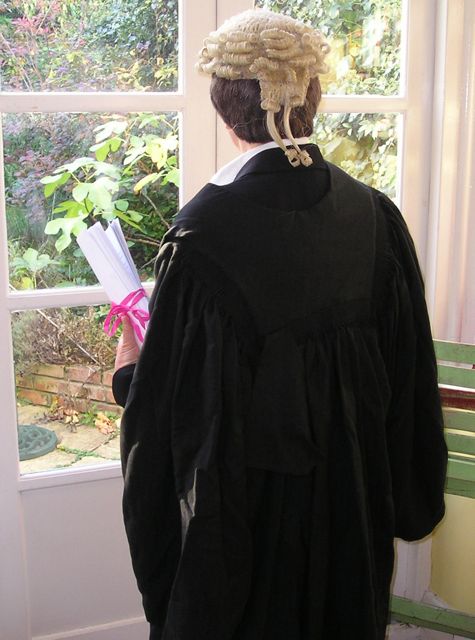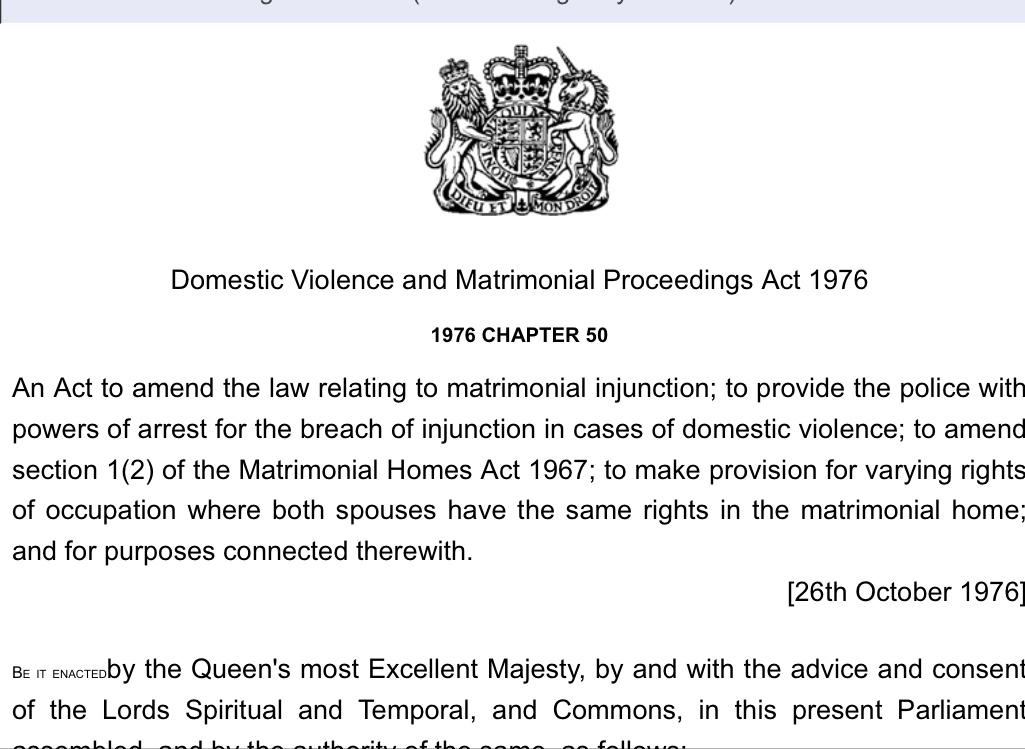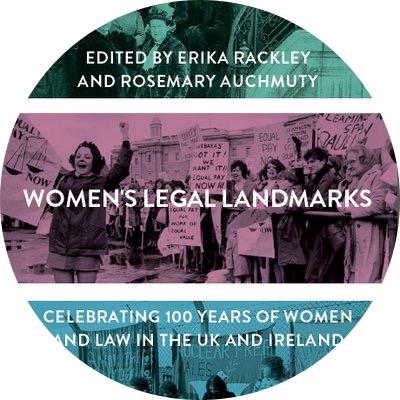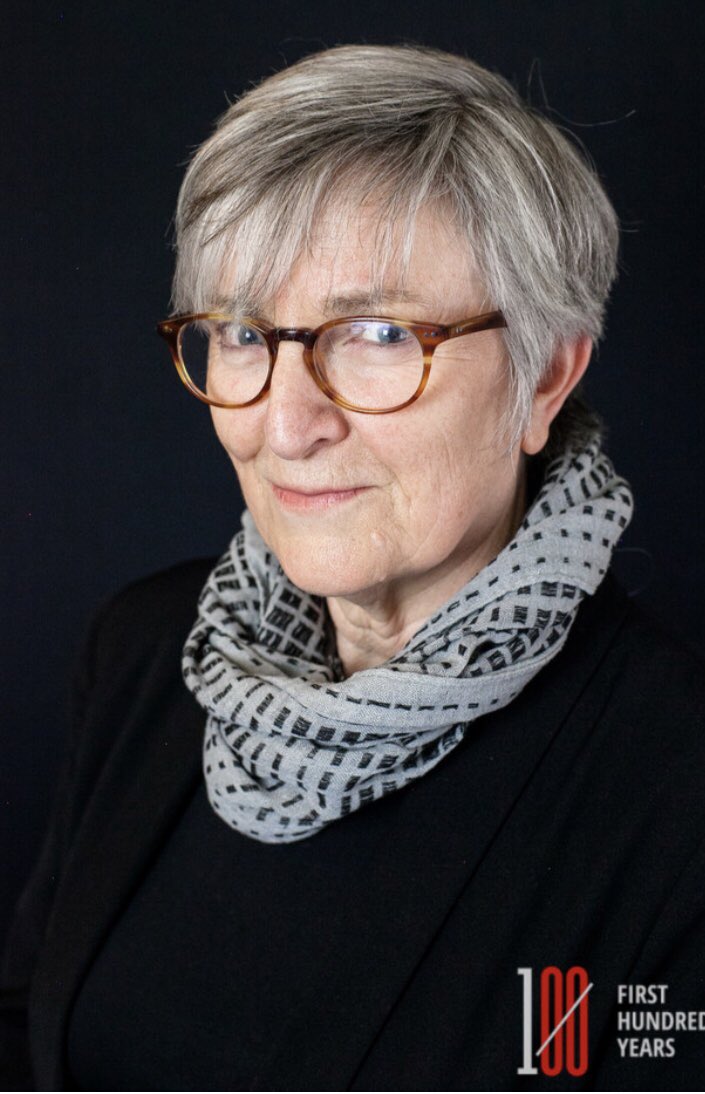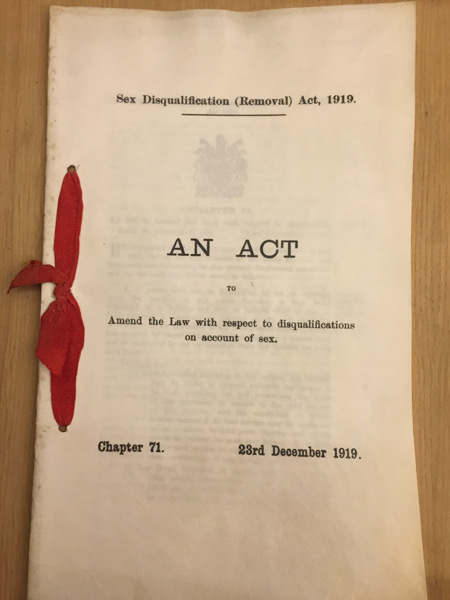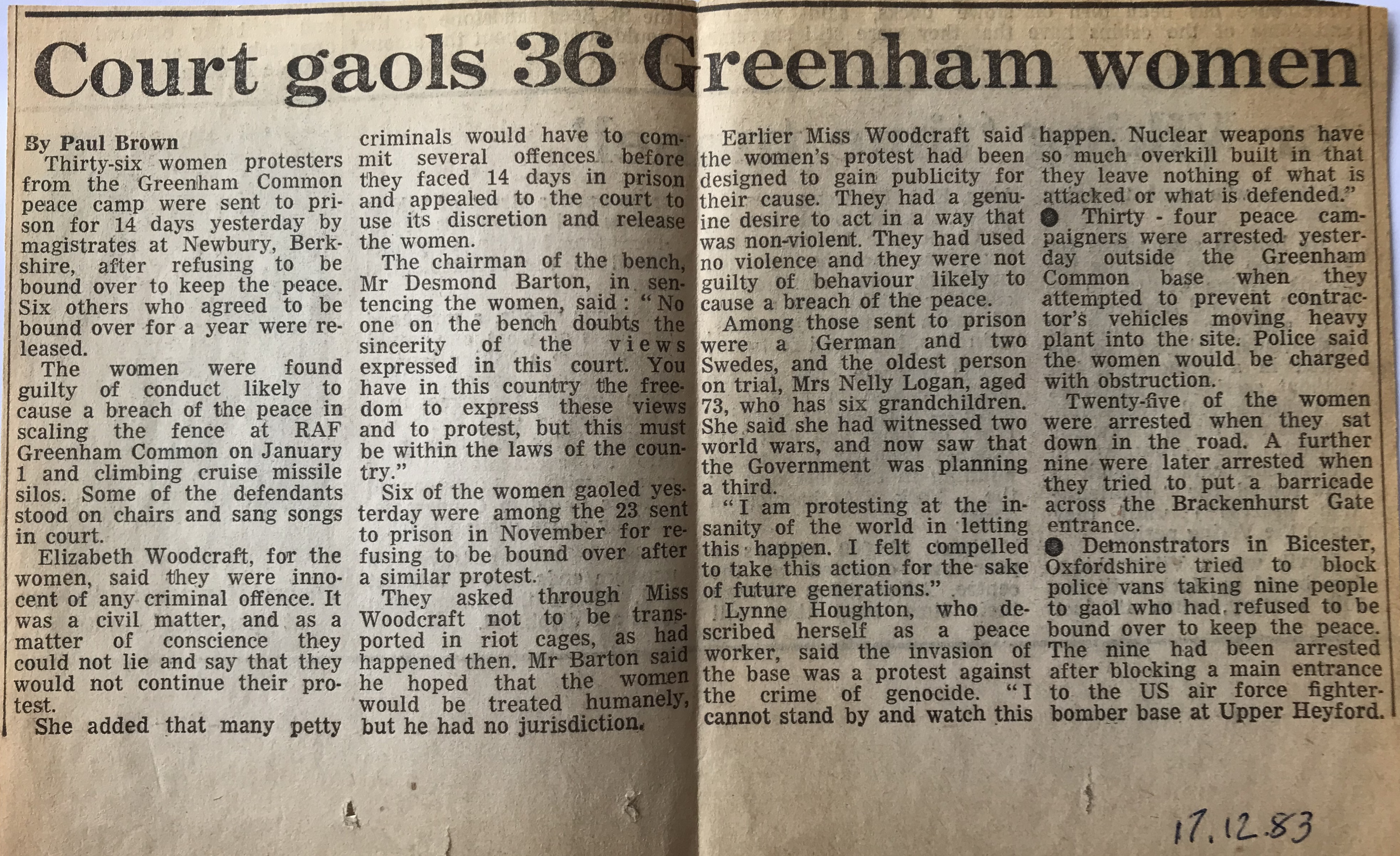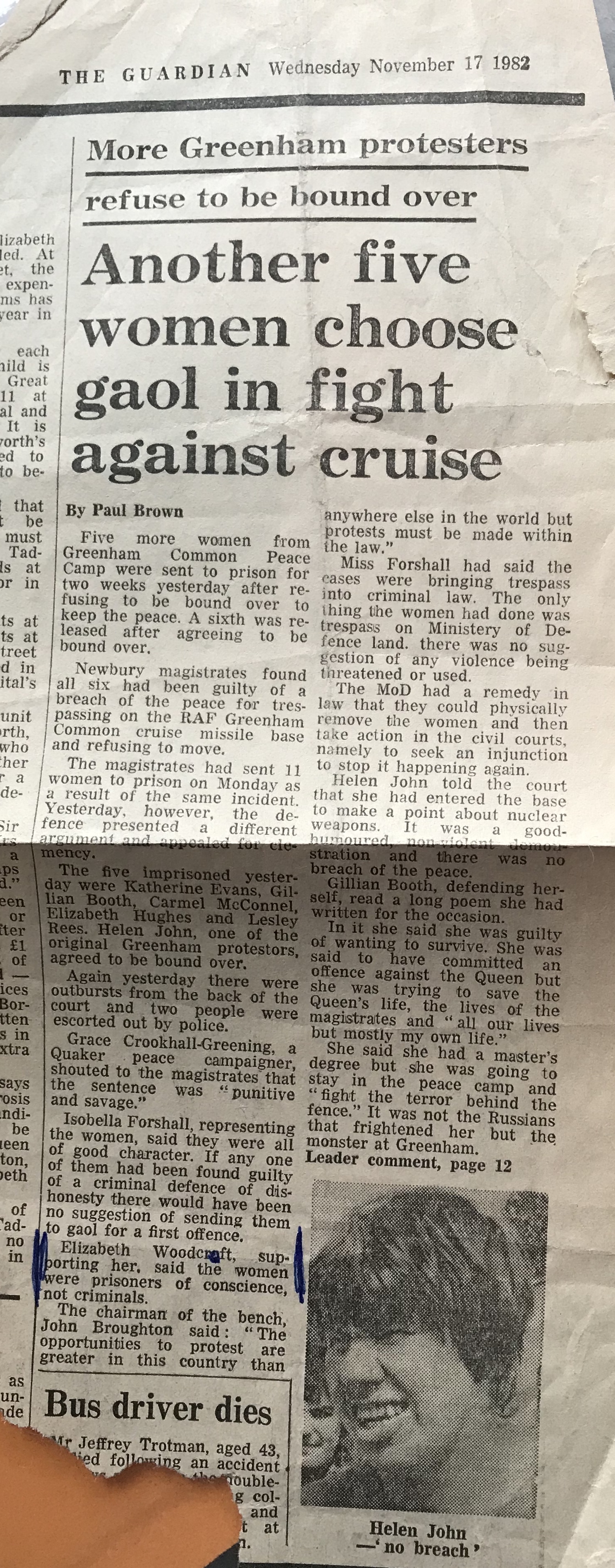When I was a mod in Chelmsford the nearest I got to the legal system was supporting my mates in the local magistrates court. They were there for all the reasons that young men find themselves in trouble with the law – fighting, obstructing the police, resisting arrest. My dad was the District Secretary for the AEU and as such was appointed a magistrate, but I never went to court with him.
I left school and did a philosophy degree at Birmingham University. While I was working as a teacher in Leicester I became involved with the local Women’s Aid group. I went on to work as the National Co-ordinator for the National Women’s Aid Federation (NWAF as it then was). There we supported Jo Richardson MP, providing statistics and case histories, as her private member’s bill wound its way through parliament and became The Domestic Violence and Matrimonial Proceedings Act 1976. The Act was revolutionary because for the first time a power of arrest could be attached to a civil injunction.
I realised how important the law was in women’s lives, so when I left NWAF I decided to retrain as a barrister. I also had a lot of black clothes, so it seemed like a good move.
I received a grant to do the conversion course – those were the days – at the Polytechnic of Central London (now University of Westminster). For the Vocational Course at the Council for Legal Education I had to fund myself. I had a lot of support from the women I knew and I gave English classes at our local refuge. On occasion I cut my friends’ hair for money. I spent some time looking through the Charities Directory and applied to various charities – The Gentlewomen’s Work and Help Fund, the Elizabeth Nuffield Foundation and the Dame Henrietta Barnett Trust Fund all gave me small awards. The effect of such awards was two-fold – it was a help financially but it was also a confidence boost – that someone out there thought I was a person who justified support.
I was called to the Bar in 1980 as a member of Middle Temple, and was lucky enough to have a 6 month pupillage with Stephen Sedley.
 I did my second six at Wellington Street Chambers and was offered a tenancy there. At Wellington Street I was able to do the work I had come to the Bar to do – represent women in their applications for an injunction against their violent partners. I also represented the Greenham Common women, miners and miners’ wives during the Strike, lesbian mothers and, in Criminal Injury Compensation hearings, women and children who had suffered sexual abuse. Later I left crime and concentrated on family law, as it seemed to me that that the family courts are the place where women most often come into contact with the law.
I did my second six at Wellington Street Chambers and was offered a tenancy there. At Wellington Street I was able to do the work I had come to the Bar to do – represent women in their applications for an injunction against their violent partners. I also represented the Greenham Common women, miners and miners’ wives during the Strike, lesbian mothers and, in Criminal Injury Compensation hearings, women and children who had suffered sexual abuse. Later I left crime and concentrated on family law, as it seemed to me that that the family courts are the place where women most often come into contact with the law.
I’ll be talking about representing the Greenham Common women ‘In Conversation’ at the Institute of Advanced Legal Studies in London on Wednesday 10 April at 5-6pm. It’s part of the Women’s Legal Landmarks project. Admission is free but booking is essential – book here.
This article first appeared on the First 100 Years website.

